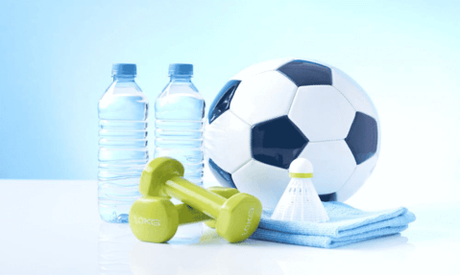
In the ever-evolving landscape of healthcare and medical science, we stand on the precipice of a new era – an era where molecular-level interventions promise unprecedented breakthroughs in treating and preventing diseases. Among the myriad of molecular wonders being explored, one particular molecule stands out for its potential: C60. This blog post delves into the fascinating world of molecular miracles and explores how they could shape the future of health.
The Emergence of Molecular Science in Healthcare
The concept of treating health issues at the molecular level isn’t new. For decades, researchers have been unraveling the mysteries of DNA, RNA, and various proteins, leading to revolutionary treatments like gene therapy and personalized medicine. However, recent advancements have accelerated this field, opening doors to new possibilities that were once deemed science fiction.
C60: A Molecular Marvel
At the heart of this molecular revolution is Carbon 60, a unique carbon structure known for its distinctive shape – resembling a soccer ball. This molecule, part of the fullerene family, has garnered significant attention for its potential applications in health and medicine. Its unique ability to interact at a molecular level in the human body makes it a prime candidate for a myriad of research studies aiming to harness its properties for health benefits.
Potential Applications in Healthcare
The applications of molecular science in healthcare are vast and varied. From targeted drug delivery systems that can precisely attack cancer cells without harming healthy tissues, to smart sensors that monitor blood glucose levels in real-time for diabetes management, the possibilities are endless. The role of molecules like C60 in such applications is critical, you can learn more about c60 benefits here shopc60.com/pages/c60-health-benefits.
Revolutionizing Drug Delivery
One of the most promising applications of molecular miracles in health is in the realm of drug delivery. Traditional methods often struggle with efficiency, where a significant portion of the drug doesn’t reach the intended target. However, molecular-level interventions can dramatically enhance the precision and effectiveness of drug delivery. Molecules like C60 can be engineered to carry drugs directly to the affected cells, thereby increasing the efficacy of the treatment while minimizing side effects.
Impact on Disease Treatment and Prevention
The implications of molecular advancements in disease treatment are profound. Conditions that are currently hard to treat, such as Alzheimer’s, Parkinson’s, and various forms of cancer, could see new avenues of therapy that target the root causes at a molecular level. Moreover, the preventive aspect of healthcare could also be revolutionized, with the ability to detect and address anomalies at the earliest stages, long before they manifest into full-blown diseases.
Challenges and Ethical Considerations
Despite the potential, the path to integrating these molecular miracles into mainstream healthcare is fraught with challenges. One of the primary hurdles is the complexity of the human body. Designing molecules that can navigate this complexity effectively requires intricate knowledge and sophisticated technology. Additionally, there are significant ethical considerations, particularly when it comes to interventions at a genetic level. The boundaries of such treatments need to be carefully defined to prevent misuse.
The Role of AI and Big Data
Artificial Intelligence (AI) and big data are playing pivotal roles in accelerating molecular research in healthcare. AI algorithms can analyze vast amounts of data to identify potential molecular targets for diseases. Furthermore, they can assist in simulating how these molecules interact with various cells and tissues, thereby speeding up the research and development process.
A Collaborative Future
The journey towards a future where molecular miracles become a mainstay in healthcare is not one to be walked alone. It requires collaboration across various disciplines – from molecular biologists and pharmacologists to AI specialists and ethical scholars. The integration of insights from these diverse fields will be crucial in navigating the complex ethical, technical, and practical challenges that lie ahead.
Looking Ahead
As we look to the future, the potential of molecular interventions in health and medicine is both exciting and humbling. The idea that tiny molecules, invisible to the naked eye, could hold the key to curing some of the most daunting diseases is a testament to human ingenuity and perseverance. While there is still a long road ahead, the progress made so far gives us a glimpse of a future where health is managed and maintained at the most fundamental level – the molecular level.
The exploration of molecular miracles like C60 is paving the way for a new era in healthcare. An era where diseases are not just treated but prevented at their very source. As we continue to unravel the complexities of these tiny yet powerful entities, we edge closer to a future where health is not just a possibility but a promise. The journey is long and fraught with challenges, but the potential rewards for humanity are beyond measure. The future of health is not just about fighting diseases, it’s about redefining what it means to be healthy, at the most fundamental level of existence.








